Creating a Calm Down Corner or Safe Place in your classroom is part of the process when teaching children how to cope with their emotions. Children experience the same emotions that adults do but they do not have the words to express how they feel. They often act out in inappropriate ways through physical and emotional outbursts because they lack knowledge and coping skills.
What is it?
A calm down corner is a safe place meant to help children recognize how they feel, say how they feel and then choose a positive choice. It allows for an opportunity for children to self regulate and calm themselves when they would otherwise have a melt down or outburst. This is a skill (like everything else) that they need to learn. So many children live in a fight or flight response that they aren't able to activate the part of the brain that helps them to be calm.
Where is it?
Because I was always limited on classroom space, I chose my classroom library as my Safe Place because it was a very calm and relaxing environment. In order for children to use this space effectively, they have to be first taught. Just as adults, when we know better, we do better. We can't expect children to know what to do if we don't take time to explain and model any procedure.
Your calm down corner should have limited distractions and be free from high traffic and stress. It is an opportunity for them to step away from whatever is causing them anxiety and center themselves. As an adult, you know what space does this for you. I know when I am stressed, I want to sit in a quiet room and just breath. Children cannot articulate what they need because often they do not know. This makes this learning opportunity even more important.
What it is not.
A calm down corner is not a place for time out or punishment. It's an opportunity to validate their feelings and allow them to step away, think about it and make a positive choice. Just imagine how different your classroom environment would be if all students learned coping skills and were able to self regulate their anger, embarrassment and fear. Often time out corners and punishments cause further feelings of anger or fear and do not create a coping skill for overcoming the raised emotion.
What should it include?
First, it needs to be a defined space. Children need visual boundaries so make sure they know exactly where it is located. Use a rug, furniture, etc to create a special space. Try to include some of these components:
- Comfortable seating, a bean bag, cushion, etc.
- Basket of stress balls, fidgets, etc.
- Basket of stuffed animals.
- A visual distraction (photo album, sensory bottle, etc)
- Something to read, write on or create.
- A chart that showcases images of feelings and positive choices.
When Should You Use It?
- When a child is upset.
- When a child is aggressive.
- When a child is throwing a tantrum.
- When a child is showing signs of anger, fear, sadness, etc.
Teach Procedures
When children go to this space, teach them to walk through the following steps.
- Say how they feel. (This means you need to take time to teach feelings vocabulary. This can be done through discussions, books and role playing.
- Take deep breathes. (You should model and practice this with your class.)
- Make a positive choice. (Again, what are their options? Teach them that they have choices, what they are and then model exactly what each choice looks like.)
The Teacher's Role
In each scenario, recognize the child's feelings. Even if you don't understand why they feel that way, their feelings are real so validate them.
Don't take their negative choices personally. No child wakes up and thinks, “I'm going to push my teacher off the edge today.” There is always a reason they act out and it usually has to do with a feeling they do not know how to express.
When the child is ready, talk about their feelings. Ask them if they need to do something to make thing right and if they are ready to return to what they were doing.
It is important to talk about their behavior and discuss what they should have done and what they can do next time to prevent whatever may have happened. Keep a “YET” mindset. Children act out because they do not know how to cope with that emotion “YET”.
Use consistent verbiage. Tell them that they can handle their emotion and remind them in the future when you see signs of them escalating to use the coping skills that they have learned.
What if it doesn't work?
There isn't a one size fits all for all children. There is no grantee that this will be effective for every student in your class but it certainly is worth trying.
If a student is struggling to use the calm down corner correctly, try and teach them to use when their emotions are not heightened. Help them to connect the spot to a positive emotion and not a negative one.
Children mirror what they see. When you get upset, don't you choose to walk away? A calm down corner is the same thing. If you are frustrated, use this as your safe place too. I'm sure there are times when you are frustrated with your class. Tell them that you feel frustrated and go take a few deep breaths in this space.
Be mindful of not only your words but your body language. If you are consistently looking frustrated with a student, other students will mimic the same thing. Remember, this is not personal. Their feelings have nothing to do with you. Do they effect you? Absolutely, but they are not doing this TO you.
Change Your Mind
Look beyond the behavior and see the child. Don't see the child AS the behavior. We need to get away from shaming children to being good and teach them the coping skills they need to be successful in life. How would you feel if your administrator moved your clip (that was publicly displayed for everyone to see) every time you looked at your phone or when you were 30 seconds late to a meeting or forgot to turn in your attendance? Would that feel like a positive reinforcement and help you to change or would you feel embarrassed and shamed?
This is not just about their behavior, this is about their brain. We have to help them teach their brain how to handle situations. None of that is in your learning objectives but honestly, you know as well as I do that if we can't get behavior under control, then no one learns.
I know this is a lot of information, and honestly, I have a lot more to share but we will stop here for now. If you care interested in starting a Calm Down Corner or Safe Place, you can check out this set I made by clicking here. We will keep digging deeper into helping our young learners grow emotionally so stay tuned.
Happy teaching!
Are you looking for a great way to teach procedures to your classroom? I wrote a book that includes eight short stories that will help you teach your kids at back to school and all year long!
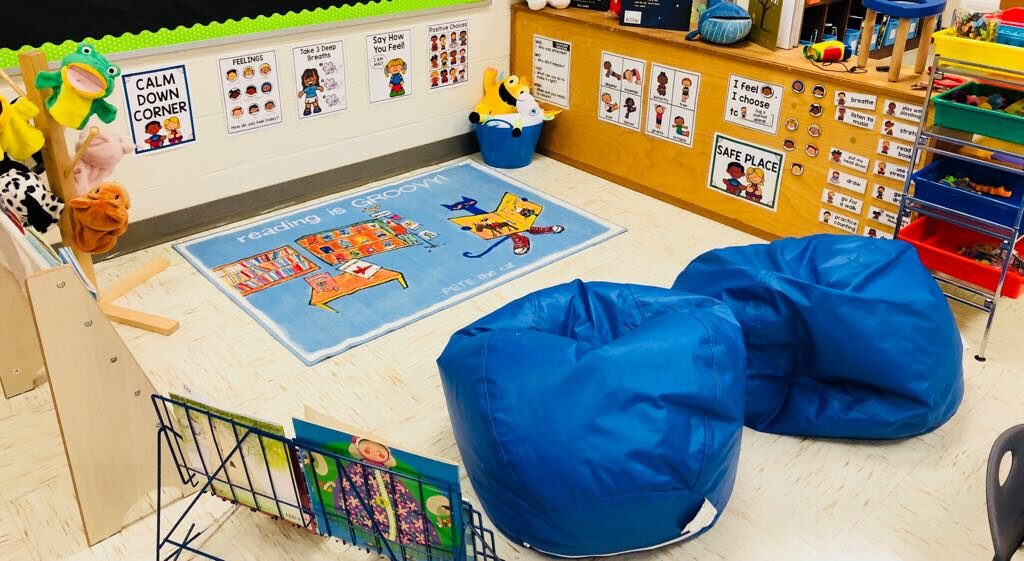
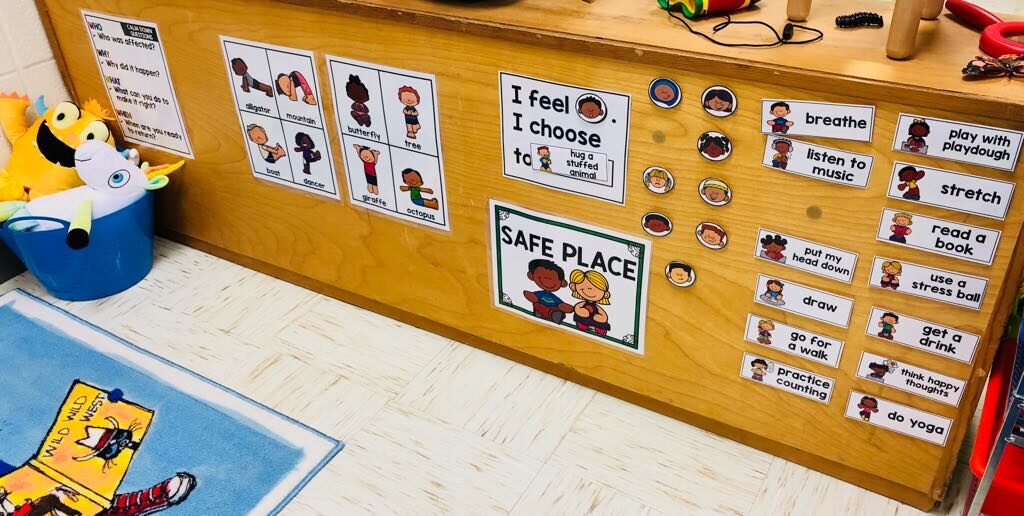
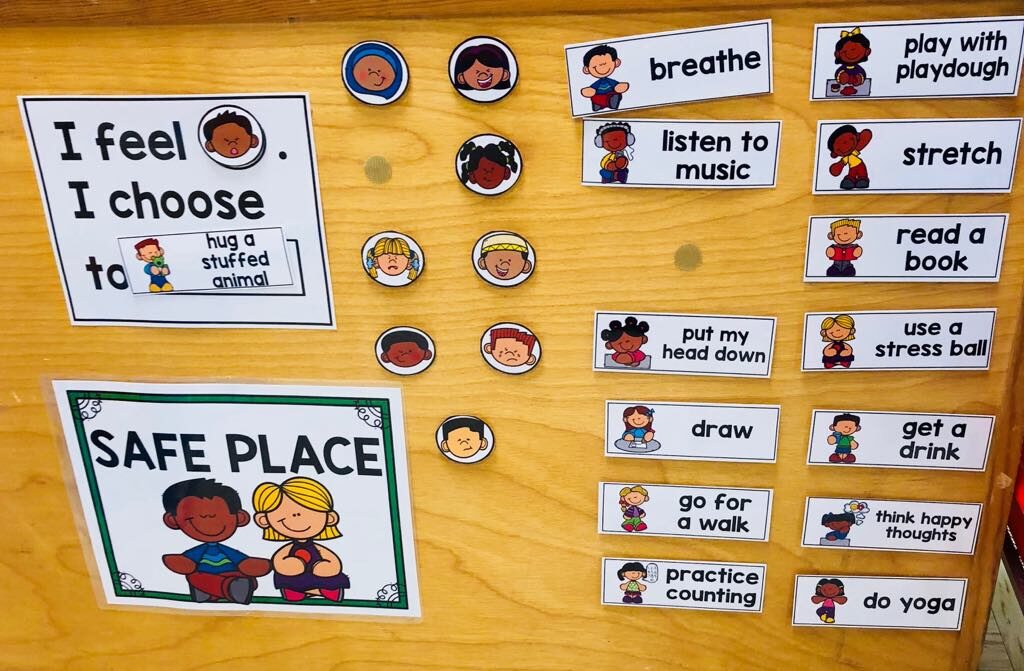

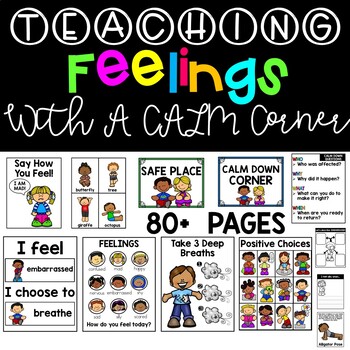

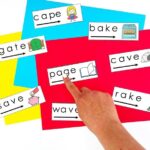
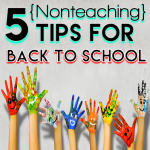


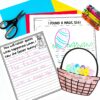
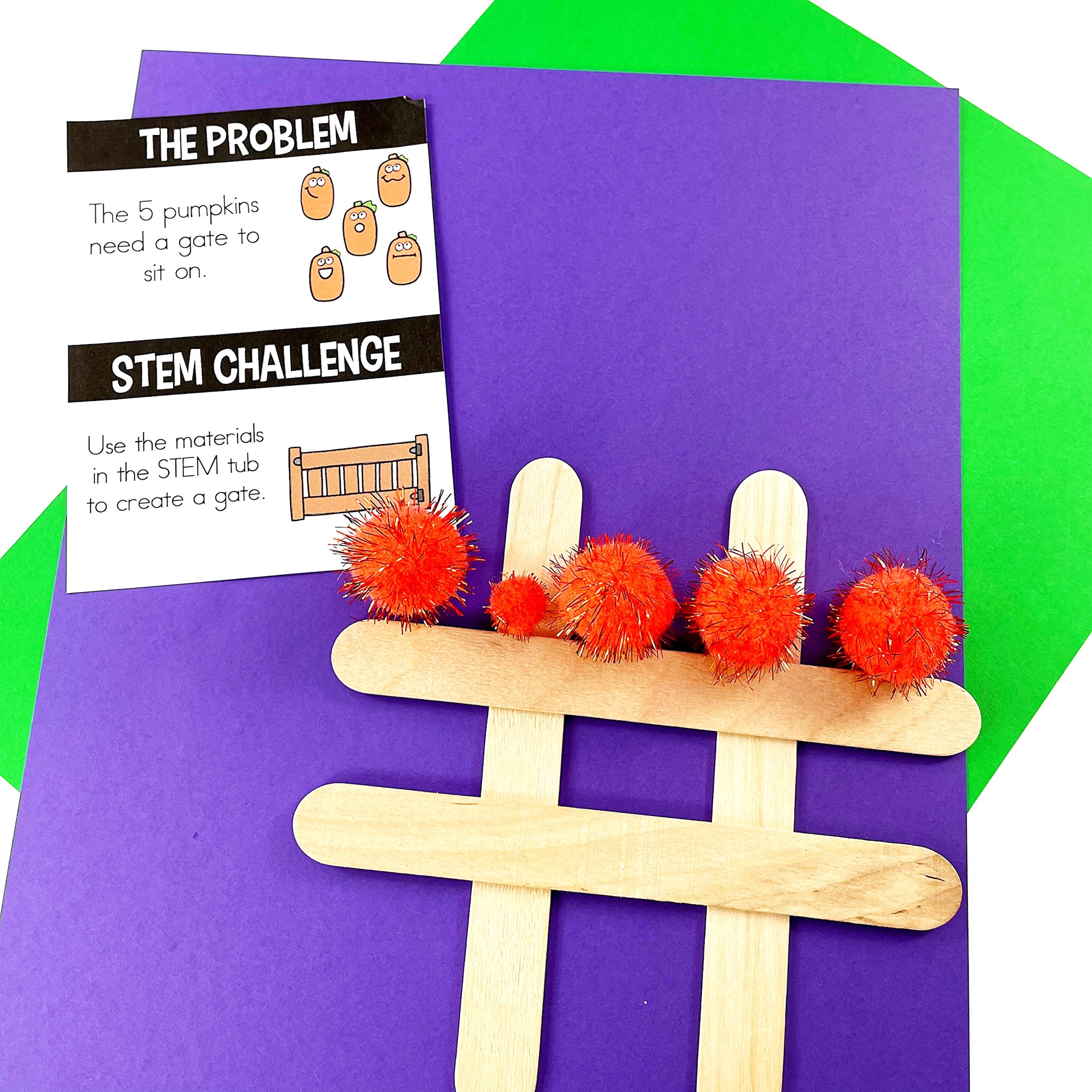

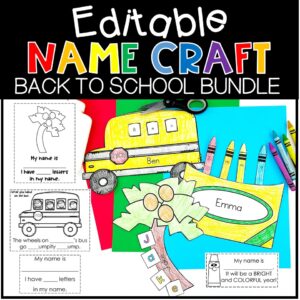
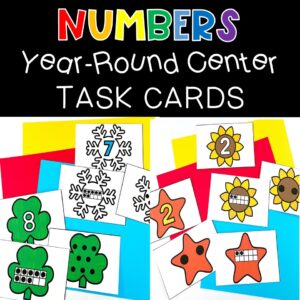

[…] haven't used a behavior chart in years. I personally love having a Safe Place / Calm Down Corner for my students to process their feelings and develop coping skills. We adopted our oldest children […]